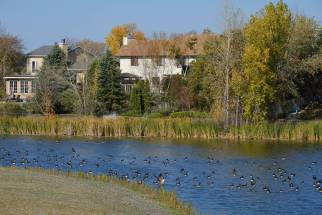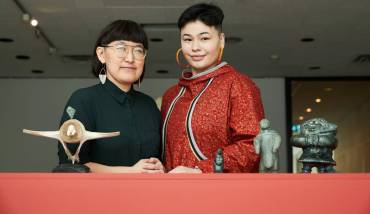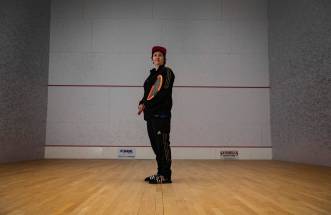Body language Traditional Inuit tattooing a sacred practice that tells a personal story
Read this article for free:
or
Already have an account? Log in here »
To continue reading, please subscribe:
Monthly Digital Subscription
$0 for the first 4 weeks*
- Enjoy unlimited reading on winnipegfreepress.com
- Read the E-Edition, our digital replica newspaper
- Access News Break, our award-winning app
- Play interactive puzzles
*No charge for 4 weeks then price increases to the regular rate of $19.00 plus GST every four weeks. Offer available to new and qualified returning subscribers only. Cancel any time.
Monthly Digital Subscription
$4.75/week*
- Enjoy unlimited reading on winnipegfreepress.com
- Read the E-Edition, our digital replica newspaper
- Access News Break, our award-winning app
- Play interactive puzzles
*Billed as $19 plus GST every four weeks. Cancel any time.
To continue reading, please subscribe:
Add Free Press access to your Brandon Sun subscription for only an additional
$1 for the first 4 weeks*
*Your next subscription payment will increase by $1.00 and you will be charged $16.99 plus GST for four weeks. After four weeks, your payment will increase to $23.99 plus GST every four weeks.
Read unlimited articles for free today:
or
Already have an account? Log in here »
Hey there, time traveller!
This article was published 21/04/2022 (1326 days ago), so information in it may no longer be current.
When Mumilaaq Qaqqaq, the former Member of Parliament for Nunavut, won her seat in the 2019 federal election, she made waves: here was a young (then just 25) Inuk woman poised to be a voice of change, and she was the only candidate to have visible tattoos on her face.
“What I look like already is very different from what you’re used to seeing in politics,” she told Fashion Magazine at the time.
Kakiniit — traditional Inuit tattoos — are an important part of identity and expression, particularly among Inuit women. They are also a sacred practice that was nearly erased by colonization. The Catholic Church saw them as evil and missionaries banned the practice, depriving generations of this rite of passage and community.
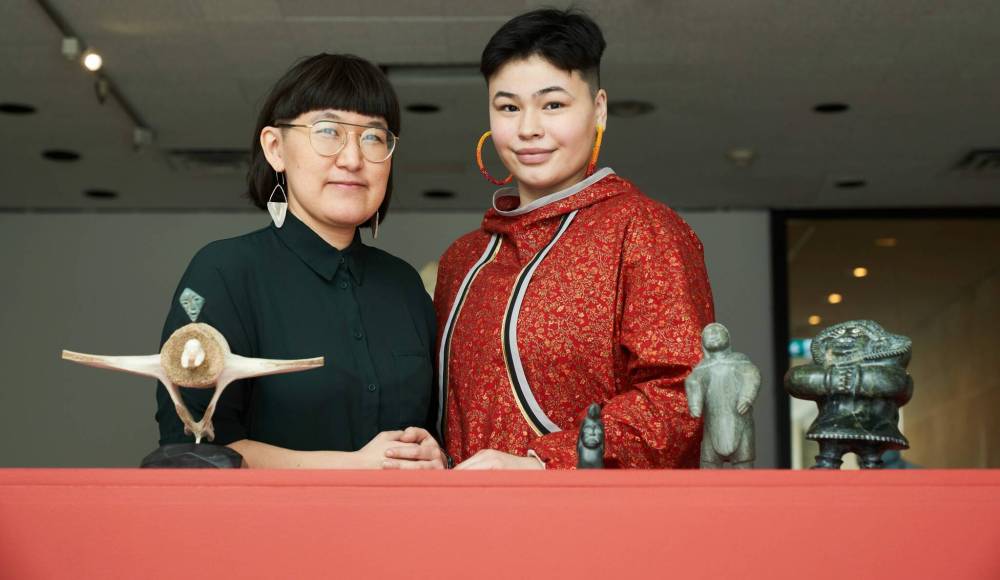
Within the last decade, however, there’s been a resurgence in Inuit women reclaiming kakiniit. On Instagram, you can find photos of young Inuit women from across Inuit Nunangat proudly wearing markings that were once forbidden.
Kakiniit Hivonighijotaa: Inuit Embodied Practices and Meanings, a new exhibition at Winnipeg Art Gallery-Qaumajuq, explores both the history and revitalization of traditional Inuit tattooing, as well as its connection to shamanism. It’s also the curatorial debut for Zoe Ohokannoak, a student of the Inuit Futures in Arts Leadership: The Pilimmaksarniq/Pijariuqsarniq Project, which offers emerging artists and other post-secondary students the opportunity to have hands-on experiences in institutions. Jocelyn Piirainen, associate curator of Inuit art at WAG-Qaumajuq, offered Ohokannoak mentorship throughout this project. Both curators are from Iqaluktutiak (Cambridge Bay), Nunavut.

Ohokannoak has long been interested in kakiniit.
“Seeing that resurgence and how impactful it has been to individuals, and seeing young people actually getting tattoos has really been inspiring to me,” Ohokannoak says. “As I was able to be recruited to Inuit Futures, it’s been an incredible experience to be able to research further into what has been so inspiring in my culture, and being able to reflect that into an exhibition with these incredible pieces by incredible Inuit artists.”
The exhibition pulls from the WAG-Qaumajuq’s massive permanent collection of Inuit art, as well as the Government of Nunavut Collection, which is on long-term loan, and includes bone and stone carvings, prints, and other media — such as Maudie Rachel Okittuq’s Sea Goddess (1977), which is an embroidered doll wearing kakiniit.
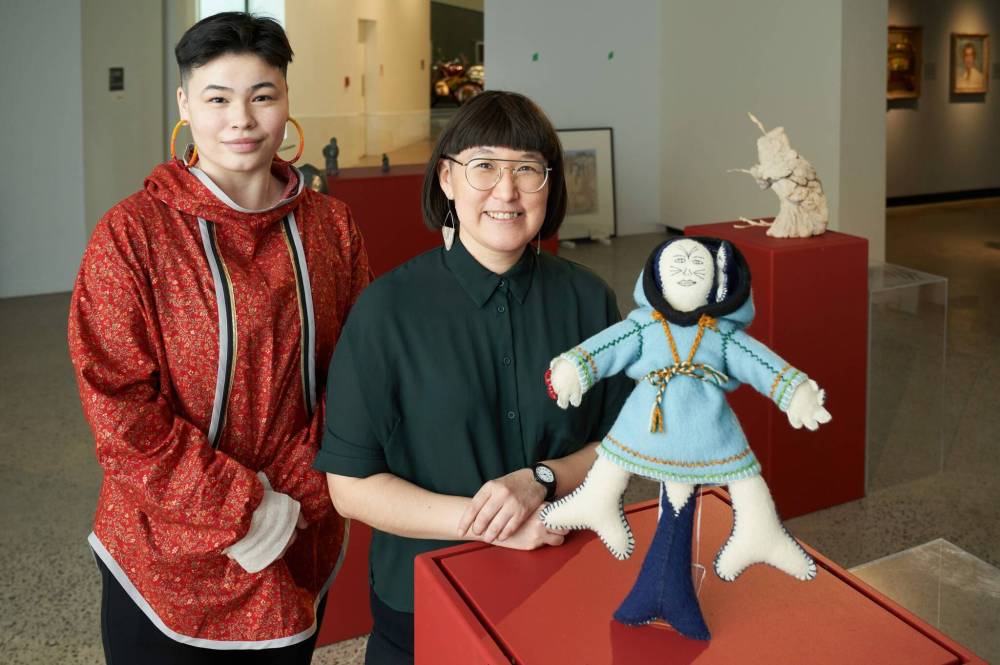
“Finding all these pieces to work with was a lot of fun,” Piirainen says.
Commonalities in the markings emerge through the artworks — such as the V emblazoned on the forehead — but no two tattoos are the same: each marking is intensely personal to the wearer and so, too, to the artwork. Some reflect the region they are from; others have been passed through generations. Together, these markings compose personal and family histories, made legible on the body.
To that end, subtitle of the exhibition — Inuit Embodied Practices and Meanings — is important: it’s not just about focusing what’s on the surface, Ohokannoak explains. “It’s the process of surfacing the meaning. With each stitch, there’s meaning in that. Being able to build that into a whole artwork on the face, on the arms, on the body — it’s an extremely emotional experience for an individual, for their family. And having that translation is just an absolutely beautiful thing.”

For Ohokannoak, it was also a personal thing. The exhibition also includes some cherished family photos.
“There is one of my ataata’s or my grandpa’s stepmom, and she had the V on her forehead,” Ohokannoak says. “It’s a little bit hard to see because it’s very old. I was extremely excited to know that my ataata had that image, and talking with him about different things about her culture — it was very soothing to figure out his journey. Another one is of my granny, on my father’s side, my great-grandmother. In her pictures she looks so happy and gleaming, so I’m happy to include those in the exhibition.”
Kakiniit Hivonighijotaa: Inuit Embodied Practices and Meanings opens Saturday and is on view until July.
jen.zoratti@winnipegfreepress.com
Twitter: @Jen Zoratti

Jen Zoratti is a Winnipeg Free Press columnist and author of the newsletter, NEXT, a weekly look towards a post-pandemic future.
Our newsroom depends on a growing audience of readers to power our journalism. If you are not a paid reader, please consider becoming a subscriber.
Our newsroom depends on its audience of readers to power our journalism. Thank you for your support.



